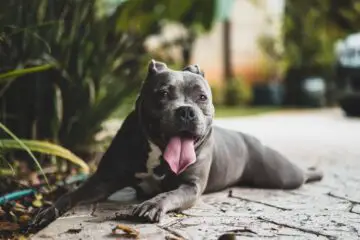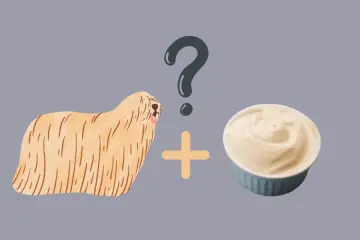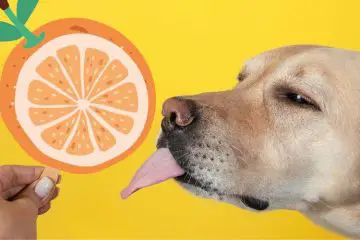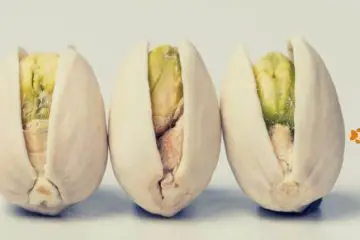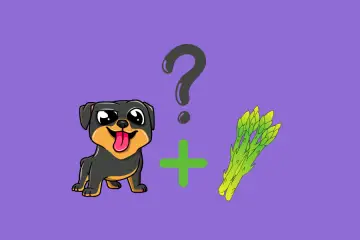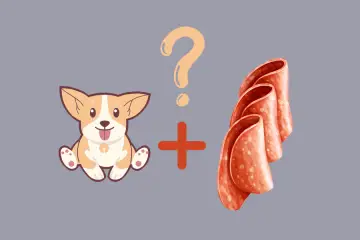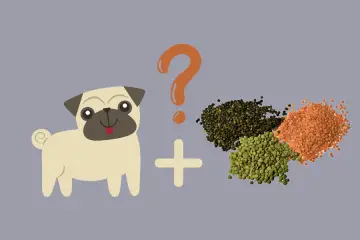How Long Do Dogs’ Teeth Take to Grow? Baby Teeth
Puppies are born without teeth. How long do dogs’ teeth take to grow in the beginning? They start to get them around 3 weeks of age. At first, they only have their incisors (the front teeth). By the time they’re 6 weeks old, they should have all of their baby teeth.
Not all adult teeth have their puppy counterparts. The total number of puppy teeth (also known as deciduous teeth) is 28. This includes:
- 12 incisors – erupting at 4-6 weeks of age;
- 4 canines – erupting at 3-5 weeks of age;
- 12 premolars – erupting at 5-6 weeks of age.
These teeth are sharp and pointy, which can make teething painful for your pup. They may start to chew on anything they can get their teeth on, including your fingers, shoes, and furniture. It’s important to provide them with plenty of chew toys during this time, so they don’t damage your belongings.
When Are Puppy Teeth Replaced With Adult Teeth?
Puppies start to lose their baby teeth around 12 weeks of age. By the time they’re about 6 months old, all of their deciduous teeth should have fallen out. You’ll know when this happens because you’ll find their teeth around your house!
How long do dogs’ teeth take to grow back in? Their adult teeth start to come in while puppy teeth are still falling out. Just like with humans, it takes a few months for the process to be completed. Your puppy should have all of their 42 adult teeth by the time they’re about 6 or 7 months old.
In a full set of adult dog teeth, there are:
- 12 incisors;
- 4 canines;
- 16 premolars;
- 10 molars.
As you can see, adult dogs have more premolars than puppies. They also have two sets of molars, which puppies don’t have. Adult teeth are bigger and stronger than puppy teeth, so they can handle more chewing. They’re also permanent, and cannot regrow if they’re lost.
What Do the Different Types of Teeth Do?
Now that we’ve answered the question, „How long do dogs’ teeth take to grow?”, you may be wondering what all of these different types of teeth are for.
Incisors
Incisors are the sharp, pointy teeth in the front of your dog’s mouth. They’re used for cutting and shearing food. Dogs are omnivores, so they need these teeth to eat both meat and plants.
Canines
Canines are the long, sharp teeth next to the incisors. They’re also known as „fang” teeth. In wild dogs, these teeth are used for hunting and killing prey. In domestic dogs, they’re mostly used for tearing meat.
Premolars and Molars
Premolars are the teeth behind the canines. They’re used for grinding food. Last but not least, molars are the flat teeth at the back of your dog’s mouth. These are used for crushing and grinding food such as bones.
Puppies don’t have molars, so they’re unable to eat hard foods like bones. When their adult teeth come in, they’ll be able to handle a wider variety of food.
Do All Dogs Have the Same Teeth?
The answer to this question is no. Just like people, dogs come in all shapes and sizes. This means that they may have different numbers of teeth, depending on their breed. In Tibetan Terriers, Wheaten Terriers, Maltese, and Havanese, some teeth commonly get trapped beneath the gum line.
Some dogs may also be missing certain teeth. This is usually due to genetics or an injury sustained during teething. It’s not something you need to worry about, as long as the rest of their teeth are healthy.
What to Do If Your Dog Has an Odd Number of Teeth
If you notice that your dog is missing a tooth, there’s no need to panic. Unless it’s causing them pain, it’s not a medical emergency. If you’re concerned, you can always take them to the vet for a check-up.
Can You Speed Up the Process of Teething in Puppies?
How long do dogs’ teeth take to grow and be replaced? Is it the same for all dogs? The process can be different for each individual puppy. Some may start to show signs of teething earlier than others, and it’s difficult to predict how long it will take for all their teeth to come in.
Dogs that are fed dry food and have access to chew toys typically have an easier time during teething. Chewing helps to loosen and remove the puppy teeth. It also promotes the growth of adult teeth.
Other than that, there’s no way to speed up the teething process, but there are a few things you can do to make it more comfortable for your pup. We’ll cover them in the next section.
How to Make Teething More Comfortable for Your Puppy?
If you’re wondering how to make teething more comfortable for your puppy, there are a few things you can do:
- Give them a few different chew toys – soft, hard, and edible. This will help relieve some of the discomfort and pressure they’re feeling in their gums.
- Give them a frozen washcloth to chew on. This can help soothe their gums and reduce inflammation.
- Avoid giving them hard foods. This can damage their new teeth and cause pain.
- Be patient with them. Teething is a tough time for puppies, so they may be a little cranky during this phase.
Ultimately, the best thing you can do is be patient and understanding. Teething is a natural process that all puppies go through. With a little time and patience, your pup will be through it before you know it!
How to Stop a Teething Puppy From Chewing on Things?
If your puppy is teething and chewing on things, it’s important to provide them with plenty of chew toys. This will help redirect their chewing behavior and prevent them from damaging your belongings. Other things you can do to minimize the damage are:
- Crate training – This will help confine your puppy to a small space where they can’t get into too much trouble while you’re away.
- Supervising – Make sure to supervise your puppy at all times. This will help you catch them before they start chewing on something they’re not supposed to.
- Chewing deterrents – There are a variety of products on the market that can help discourage your puppy from chewing. These include bitter-tasting sprays and gels that can be applied to surfaces.
With a little patience and effort, you can help your puppy get through the teething process without too much damage. If an accident does happen, remember to stay calm and avoid scolding your pup. They’re just doing what comes natural to them!
Caring for Your Dog’s New Teeth
Once your puppy’s adult teeth have come in, it’s important to take care of them. This includes brushing their teeth regularly and taking them to the vet for check-ups. To brush your dog’s teeth, you’ll need to purchase a dog-specific toothbrush and toothpaste. It’s best to get your puppy used to having their teeth brushed from an early age. This will make it easier for both of you in the long run.
Regular dental check-ups are just as important for dogs as they are for humans. They can help detect problems early and prevent serious dental issues from developing. It’s recommended to do them at least once a year.
It’s also important to avoid giving them foods that are hard or sticky. This can damage their teeth and cause cavities. Instead, give them crunchy vegetables like carrots from time to time. These will help clean their teeth while they eat.
The Bottom Line
So, how long do dogs’ teeth take to grow? The answer is about 6 weeks for puppy teeth, and about 6 months for a full set of adult teeth. There are a few things you can do to make the process more comfortable for your pup, and it’s important to take care of their teeth once they’re in. With a little time and effort, you can help your puppy through the teething process and ensure they have a healthy smile for years to come!
Do you have any other tips for how to make the teething process more comfortable for puppies? Share them in the comments below!
